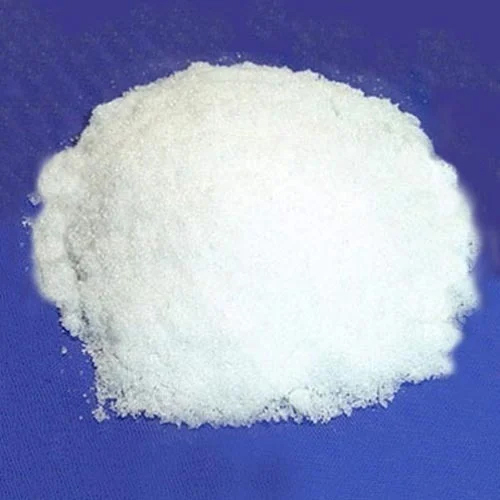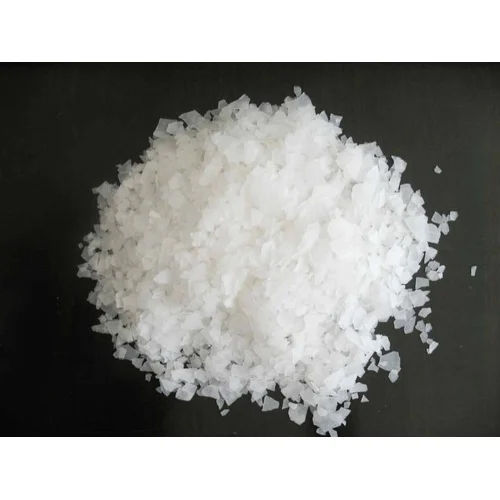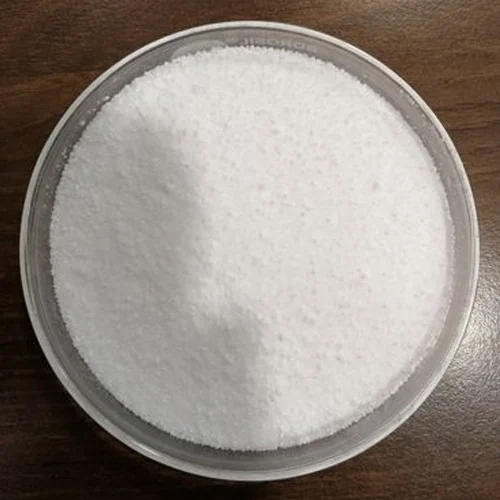
Ferric Alum
15 आईएनआर/Kilograms
उत्पाद विवरण:
- आण्विक सूत्र NH4FE (SO4) 2
- ग्रेड इंडस्ट्रियल ग्रेड
- पवित्रता 99
- दिखावट पाउडर
- Click to view more
X
फेरिक एलम मूल्य और मात्रा
- किलोग्राम/किलोग्राम
- किलोग्राम/किलोग्राम
- 1000
फेरिक एलम उत्पाद की विशेषताएं
- इंडस्ट्रियल ग्रेड
- NH4FE (SO4) 2
- पाउडर
- 99
फेरिक एलम व्यापार सूचना
- 7 दिन
उत्पाद विवरण
फेरिक फिट
Tell us about your requirement

Price: Â
Quantity
Select Unit
- 50
- 100
- 200
- 250
- 500
- 1000+
Additional detail
मोबाइल number
Email







